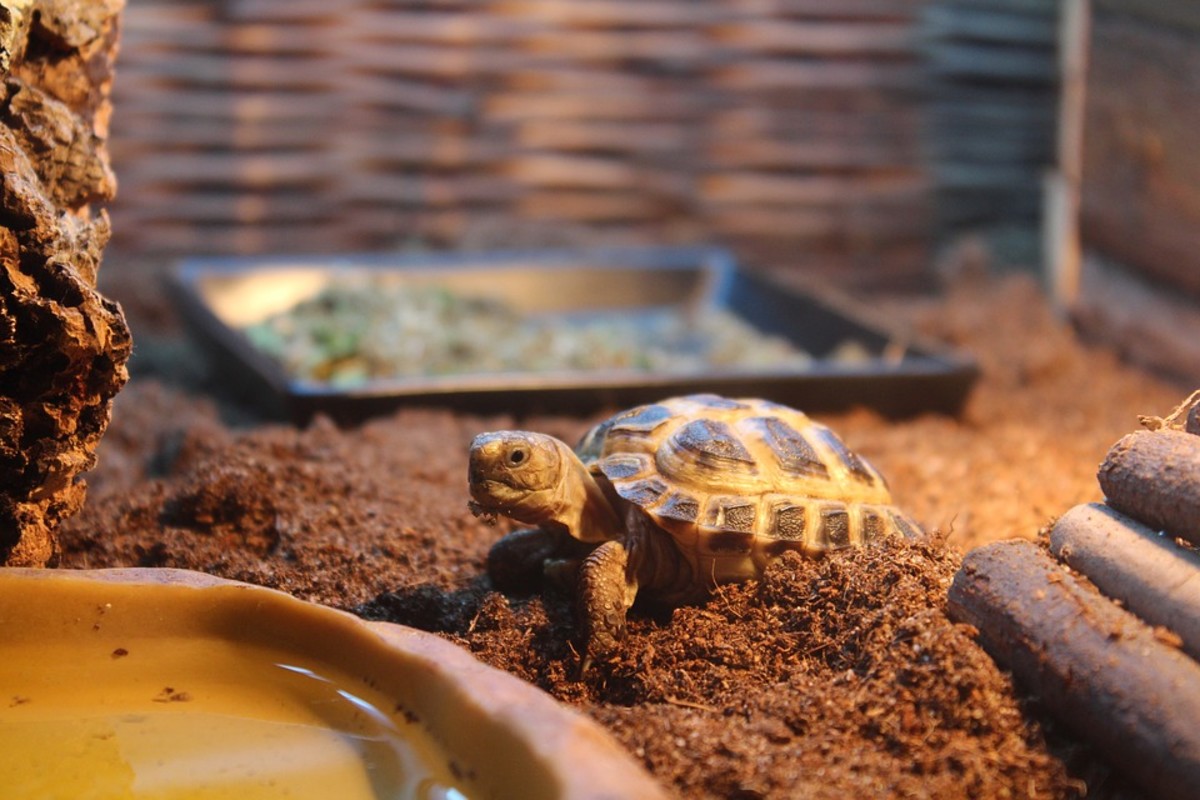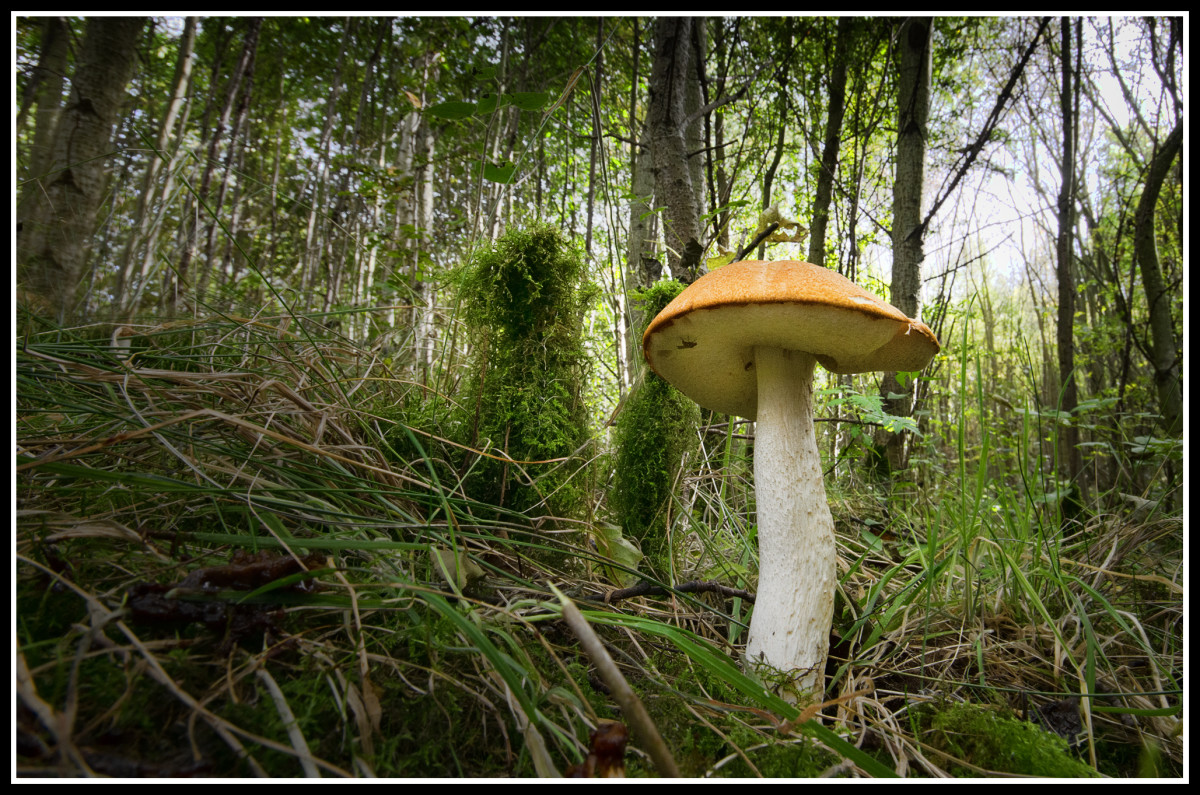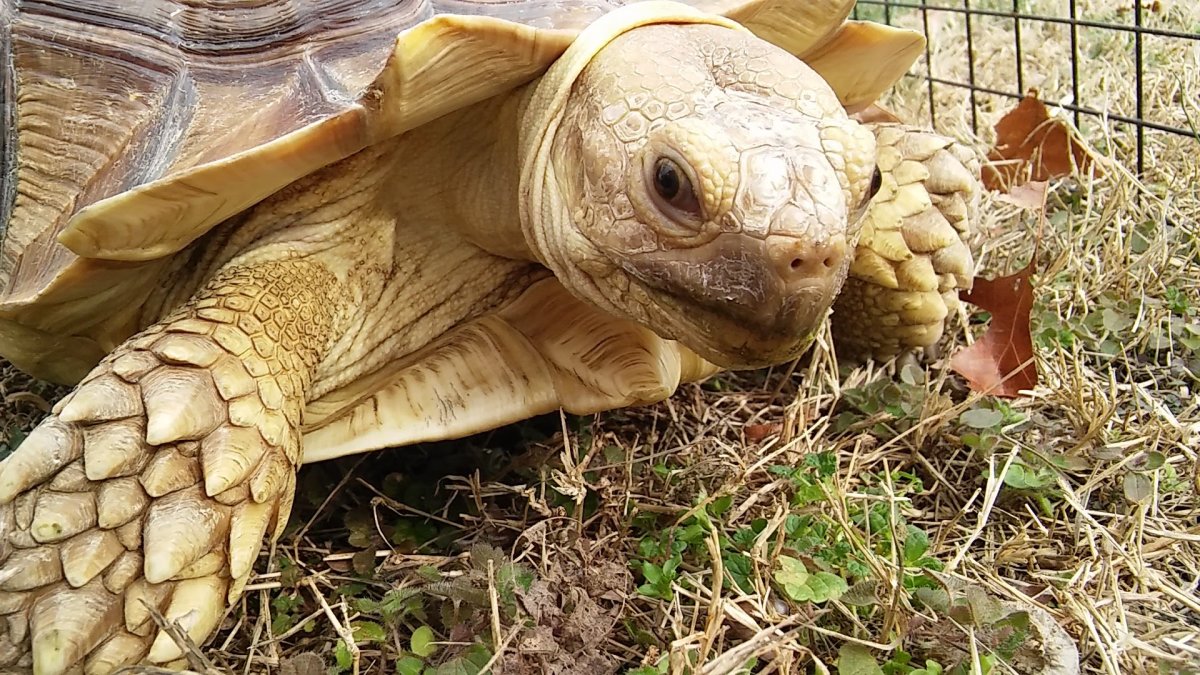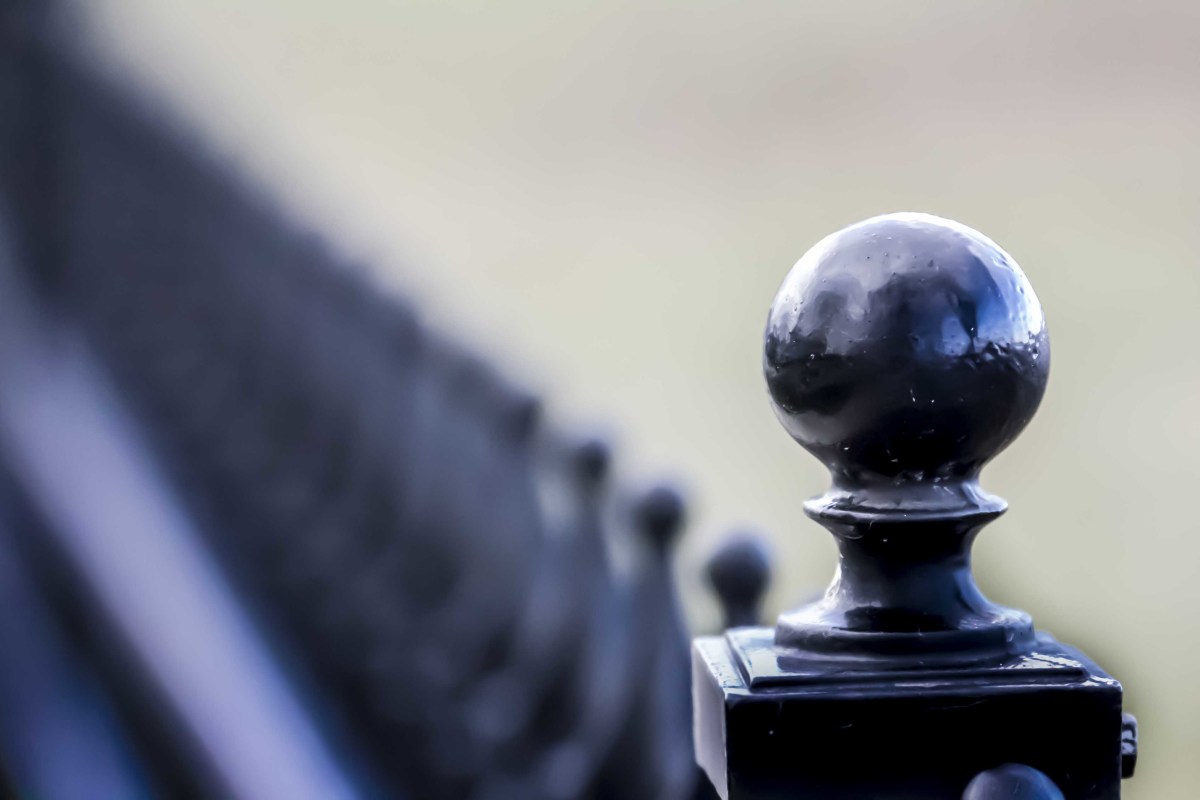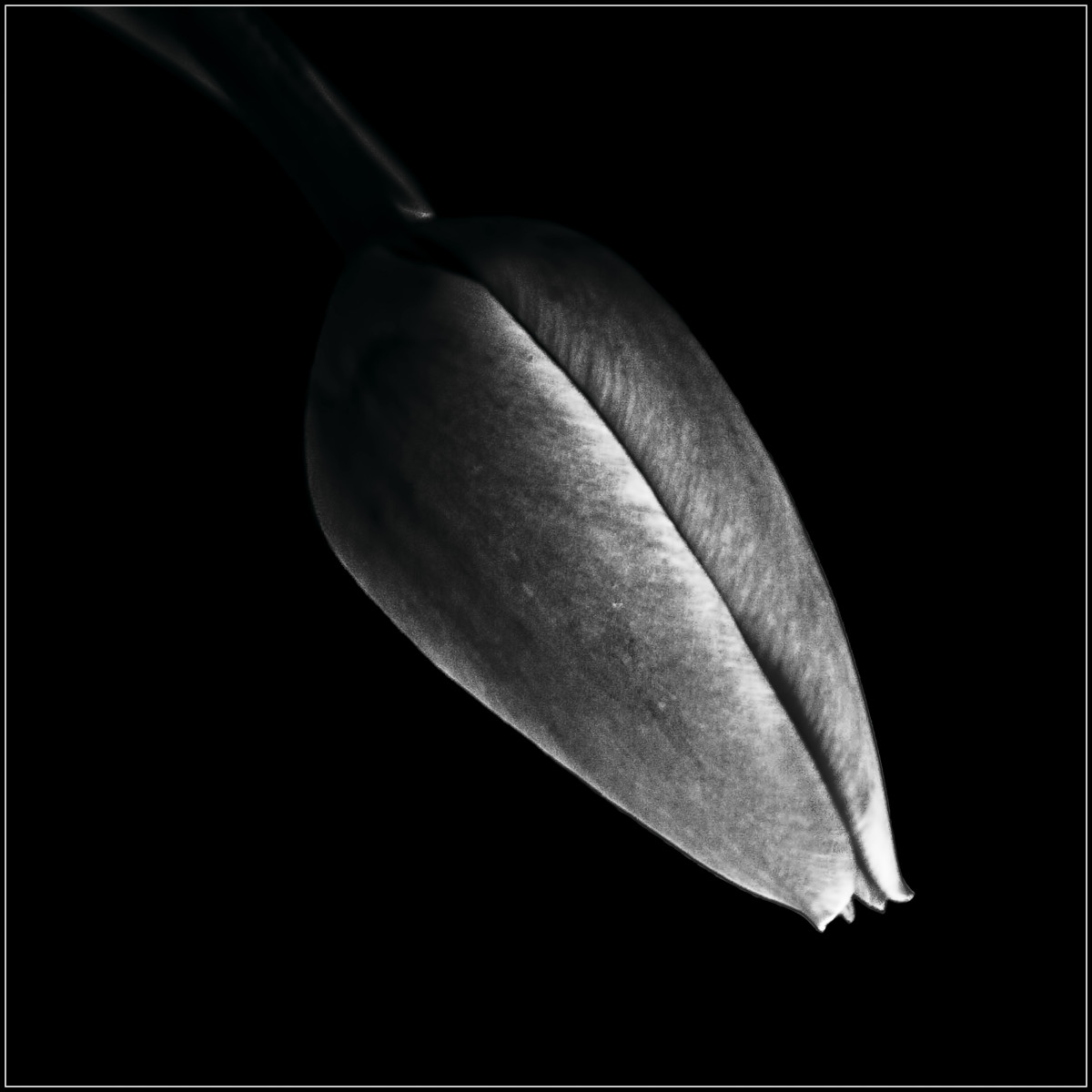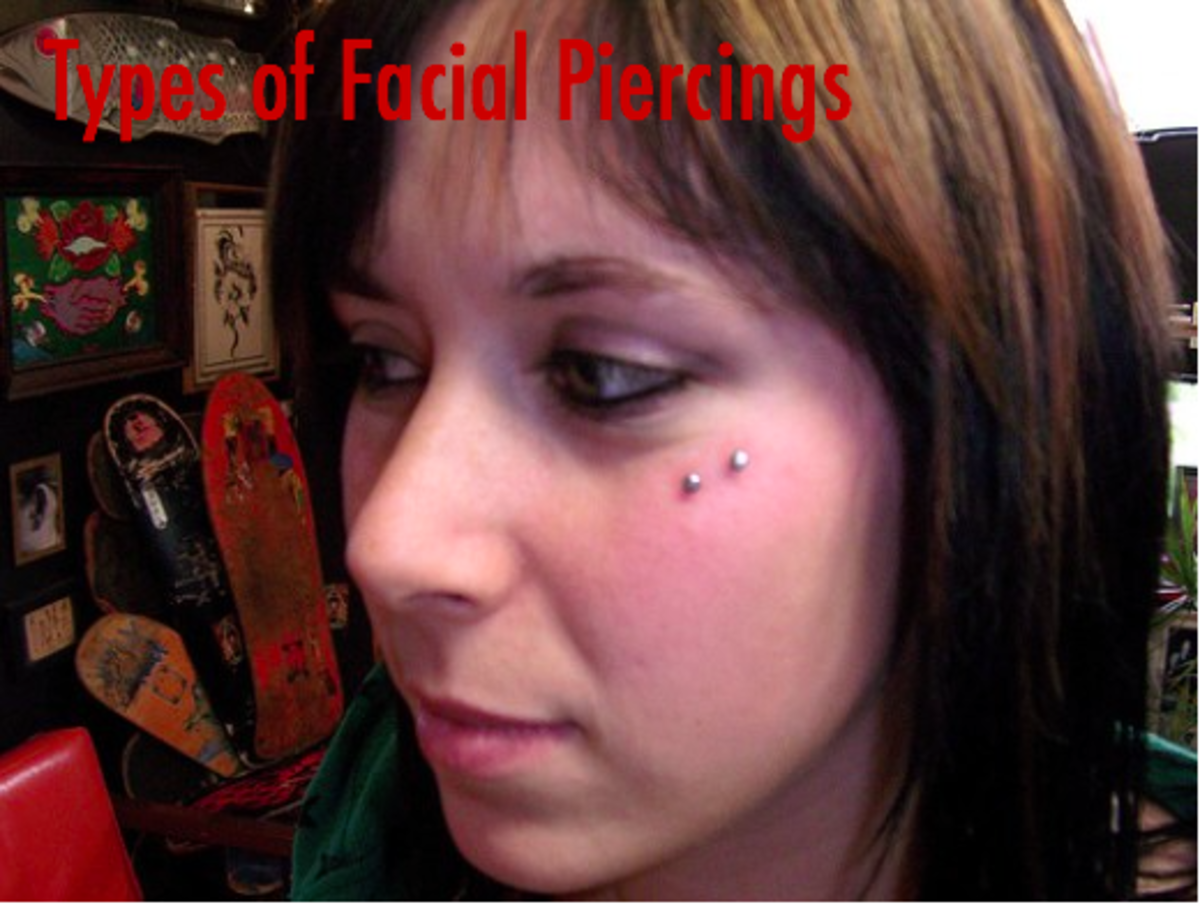Make a Terrarium to Photograph Small Critters
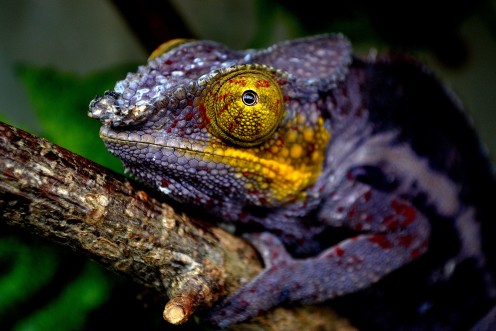
Before you go on thinking that this is a new gimmick, toy or a concept from the mind of a mad scientist, this is a photographic project out of the hundreds if not more that can be done with a camera and some other simple elements.
Although this particular project is not as simple as it may appear to anyone after reading. First of all it involves some creative spark, some materials, some natural elements, as well as live subjects and some research. So the first thing anyone attempting it must do is to put on their thinking cap.
You should first research the environment that you which to recreate and decide how to best adapt it to a miniature scale. Research the flora associated and found within this environment and off course the wildlife that inhabits it.
The next step is to find a suitable location where the project can be set and lay undisturbed for some time which might be hours, days or longer. You will need to construct an enclosure to hold everything inside of it including your camera/lens combination.
The ideal material is sheets of plexiglass or even glass, but keep in mind that plexiglass is more durable and easier to handle besides being cheaper than glass. The size is up to you but a good 4X4 square or rectangle is more appropriate.
Think of a big terrarium also called vivariums as this is similar. The plants and the environment should be self sustaining with a little moisture added by you.
A good established environment can sustain animal life for an indefinite period of time and depending on how well it is done and its location it can be reused several times.
Once the location and the materials have been secured and the container built, which is nothing more than a box with a lid, start gathering and arranging the environmental elements such as dirt, sand, rocks, plant life and so on, (the wildlife is that last thing). Arrange the elements to look as natural appearing as you can.
Considering creating a water spot which can also be as simple as an indentation in the earth lined with dark plastic and disguised with more dirt, plants, rocks etc. It does not need to be deep and a couple of inches of depth will be sufficient.
The next step in the series will be to select the light sources which you should place at 45 degrees angle to a pre-selected spot within the enclosure. One light at almost ground level and another above the enclosure to simulate sunlight. You will probably need an electronic light activated shutter release sensor that will fire the camera once a subject breaks the sensor light beam.
There are remote sensors that will fire the shutter as well as triggering flash units. Photo lamps don't need to be fired since they should remain on the entire time and this does not really bother the subjects much unless they are strictly nocturnal and be mindful not to set the flash units, if using them, too close to the focusing spot. Here is a link to a site with more information pertaining to remote shutter triggers.
The light source should be equipped with diffusers that will soften the light and creates a more natural looking illumination. It is worth noting that the enclosure should be set in a cool place away from direct sunlight or you risk the hot sunlight damaging most everything inside.
Once you have selected a focusing spot your next plan of action will be to create a water proof enclosure for your camera and a simple clear plastic bag will do but with some modifications such as taking a round or square piece of glass or plexiglass slightly larger than the lens circumference, taping the ends of the bag to the ends or circumference of the plexiglass/glass and then securing the entire contraption onto the camera set up ensuring that the entire camera/lens set up with the exception of the front of the lens is covered.
This will protect it from dirt, dust and moisture for some time but not indefinitely. Off course remember to cut an opening in the plastic so that the glass/plexi is the only thing between the lens and the subject.
You will probably need to crop the images later since more than likely you will get some elements of the plastic to appear of the image sorts of a vignetting effect.
Once all of the components are in place and this includes your camera in place with the sensor on, then place your selected wildlife subjects in the enclosure and say bye bye for a while.
The idea is for the subjects to take their own photos as they pass through the sensor's light beam which should be set up so that the beam passes in front of the lens. Most subjects will take some time in getting used to their new environment and will only begin exploring once they feel safe and comfortable. Include some food but place it in an inconspicuous location but near to the focusing spot.
As far as your live subjects; most can be bought from pet shops or even rented. If you however are inclined into gathering your own samples, please make sure that this is legal where you live and you should absolutely return them to their original location once you are finished with the shoot.
Bear in mind that acceptable images will require many shots to perhaps render a few usable ones. so make arrangements and make provisions to keep your "guest" happy and comfortable for some time. You should avoid visiting the set up a couple of times per day at most and check on your photo equipment only once a day. Every time you remove your camera and disturb the set up it will take additional time for the live subjects to get comfortable again.
Be very conscious of the size of your subjects since this project is rather geared towards smaller subjects such as toads, tortoises, lizards, insects small rodents and so on. However depending on your skills as a handy man and the available space, a larger enclosure may be best suited for your particular project in mind.
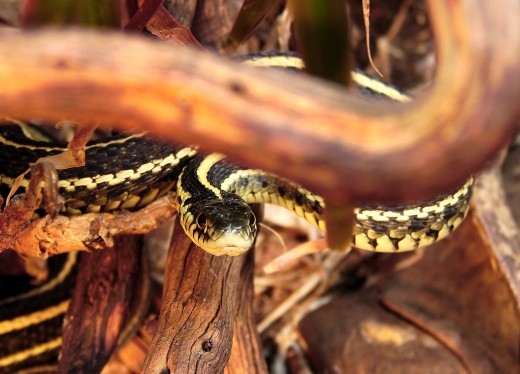
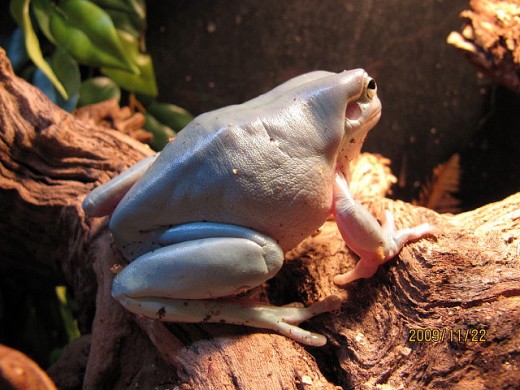
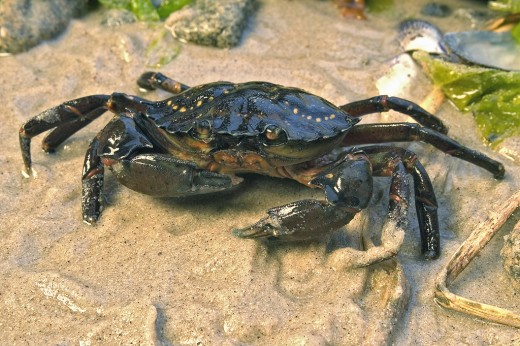
This is very similar to photographing in an aquarium or fish tank but the subjects here can see you as clearly as you can see them, so the light sensor works well by providing privacy to your animal life.
Make arrangement to moisten the enclosure for the benefit of the plant material and to keep it cool.
If possible, try to gather plant and other materials from the same environment where the subjects are found if collecting your own.
If using store bought subjects aim to represent their natural surroundings as they would be in nature as best as possible; wood chips and mulch like plastic or artificial props do not work well and are easily recognizable as being man made by most audiences.
If you intent to submit your photographs to publishers and photo stock houses you must also disclose that the images were taken in an enclosure which is the same as if they were taken in a zoo or nature park.
Try not to get water on the enclosure's sides since water will probably cause water spots to develop nor should you soak it either, just enough for the plants not to wilt.
It does not need to be water tight but it does have to be secure so as not to allow your subjects to find openings from which to leave.
Take this poll
Would you be willing to try this?
- Stan's DIY 12g Tank Plans - Design Introduction
This little DIY 12 gallon tall aquarium was originally inspired as a special design for housing seahorses, but it can be used as a small community fish or reef tank as well. Just follow these easy step-by-step instructions to build one just like ours
© 2012 Luis E Gonzalez


